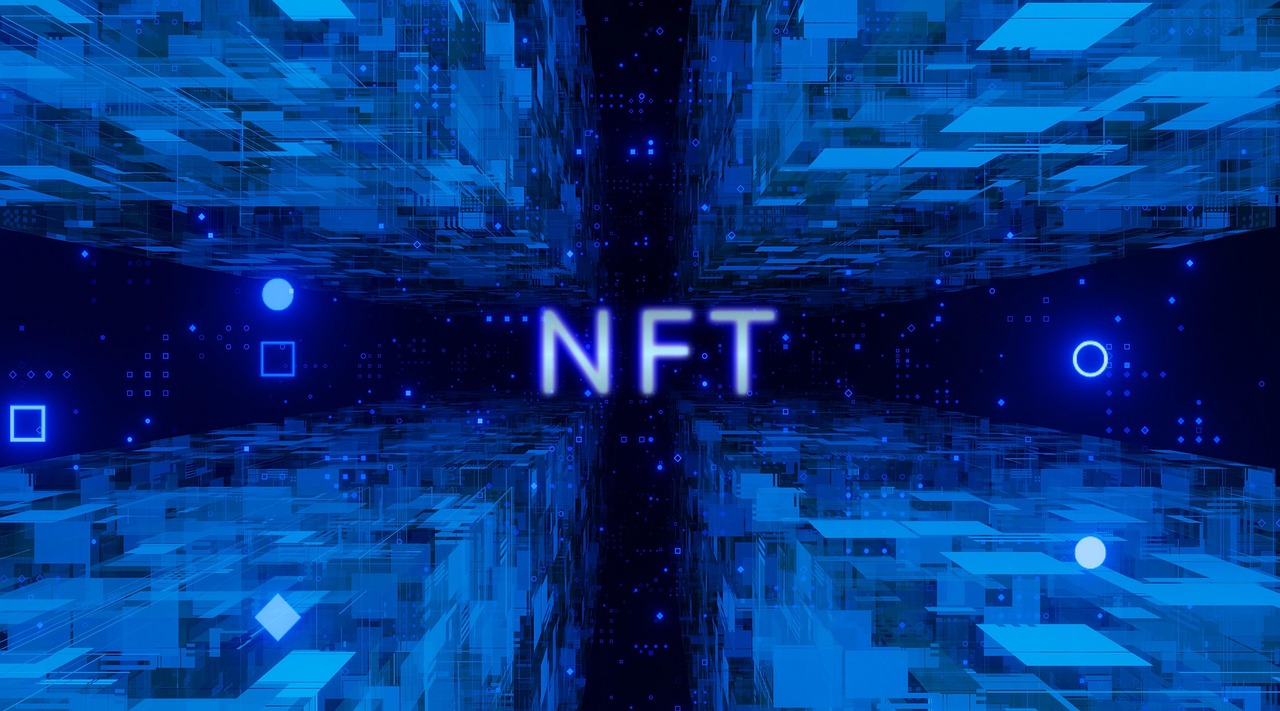Crowdsourced Micro-Investment Ideas Ranked by Users

The landscape of investment is transforming with the advent of digital platforms that harness the power of the crowd. In particular, crowdsourced micro-investment ideas are gaining traction, allowing everyday investors to engage actively in the financial markets. This phenomenon leverages the collective intelligence of users to curate and rank investment opportunities, often resulting in a dynamic, democratized approach to asset management.
Micro-investment platforms have emerged as a significant force in the financial sector, enabling individuals to invest small amounts of money into a variety of assets, ranging from traditional stocks and bonds to more unconventional options like startups and real estate projects. These platforms are particularly appealing to millennials and Gen Z investors who value transparency, accessibility, and the power of community insights.
Globally, the micro-investment trend is supported by technological advancements and regulatory frameworks that encourage innovation in financial services. For instance, in the United States, the Jumpstart Our Business Startups (JOBS) Act has facilitated equity crowdfunding, allowing non-accredited investors to participate in early-stage funding rounds. Similarly, the European Union’s Crowdfunding Regulation aims to harmonize the market across member states, fostering a more integrated approach to investment.
At the heart of crowdsourced micro-investments is the ranking system, which plays a pivotal role in guiding investment decisions. Users typically contribute ideas and insights, which are then rated by peers based on various criteria such as potential return, risk, and innovation. This peer-review mechanism helps filter out noise and highlights promising opportunities, offering a form of market validation that traditional investment methods may lack.
The ranking process often involves:
- Idea Submission: Users submit investment proposals, detailing the opportunity, expected outcomes, and associated risks.
- Peer Review: Community members assess and critique submissions, providing feedback and ratings based on predetermined evaluation metrics.
- Algorithmic Analysis: Advanced algorithms may be employed to analyze user data, sentiment, and trends, further refining the ranking results.
- Final Selection: The top-ranked ideas are showcased on the platform, making them accessible for investment by the broader community.
Several platforms have gained prominence in this space. For example, Wefunder and Seedrs offer equity crowdfunding opportunities, while Acorns and Stash focus on micro-investments into diversified portfolios. These platforms utilize user rankings to curate investment options, empowering investors to make informed decisions based on collective intelligence.
Despite their growing popularity, crowdsourced micro-investment platforms also face challenges. Ensuring the reliability of user-generated content and mitigating the risk of misinformation are critical concerns. Platforms must implement robust verification and moderation systems to maintain trust and integrity within the community. Additionally, the regulatory landscape continues to evolve, requiring platforms to adapt to new compliance and reporting standards.
In conclusion, crowdsourced micro-investment ideas ranked by users represent a significant shift in how individuals participate in financial markets. By leveraging the wisdom of the crowd, these platforms offer a unique blend of accessibility, innovation, and community-driven insights. As technology and regulations continue to advance, the role of crowdsourced investment platforms is likely to expand, offering new opportunities for both seasoned and novice investors alike.













